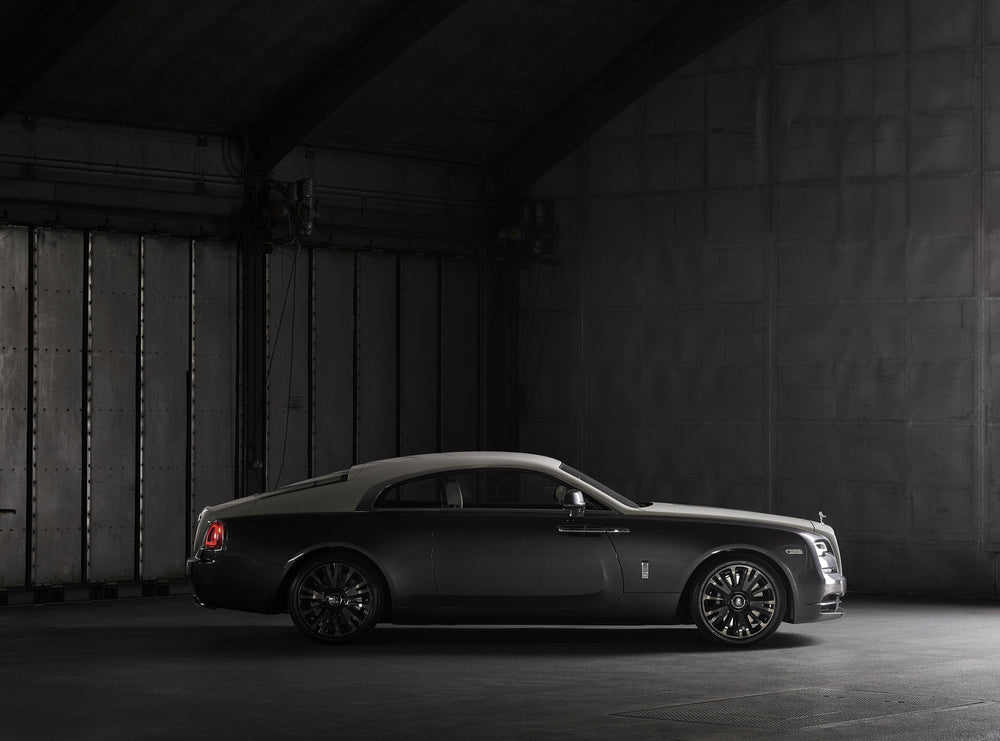


The bi-plane used twin 20.3-liter 350hp Rolls-Royce Eagle VIII engines, which allowed it to achieve an average speed of 115mph over the arduous 1880-mile journey, and this is how the name for this new Collection was derived. The trip was fraught with difficulties, the radio and navigation instruments failed soon after take off and it was only thanks to the extraordinary skills of Brown as a navigator that they managed to find their way to the Irish coast. “I do not know what we should most admire—their audacity, determination, skill, science, their airplane, their Rolls-Royce engines—or their good fortune,” commented Sir Winston Churchill at the pair's unprecedented achievement.



The Rolls-Royce engines were indeed almost the only components that performed faultlessly throughout the journey despite the extreme weather conditions they experienced. The Wraith Eagle VIII Collection cars feature many references to this momentous flight as Torsten Müller-Ötvös, chief executive of Rolls-Royce Motor Cars, commented: “Wraith Eagle VIII is at once an object of desire; an homage to heroes and a protagonist to today’s visionaries. This Rolls-Royce Collection demonstrates the extraordinary skill of our Bespoke Collective at the Home of Rolls-Royce in Goodwood. Bespoke remains the jewel in the crown of the marque, creating luxury items that defy the trend of mass luxury manufacturers using ‘tick-box’ options to answer customer demand.”



These limited-edition Gunmetal and Selby Grey Wraiths truly do feature an impressive array of bespoke features, from the brass trim components throughout the cabin that bring to mind the brass sextant so central to the flight’s success to the starlight headliner, which features 1183 fibers showing the celestial arrangement at the time of the flight in 1919.
Then there is the intricately-crafted dashboard clock, which features an iced background and glows a faint green during the night in homage to the instruments that froze at high altitudes and the poor conditions experienced during the flight. With such a limited production run planned, these special Wraith models are sure to become sought-after in the years to come, and maybe their owners will still use them for long cross-continent trips that evoke the adventuring spirit of the men they were built to honor.
Images courtesy ofRolls-Royce




















































